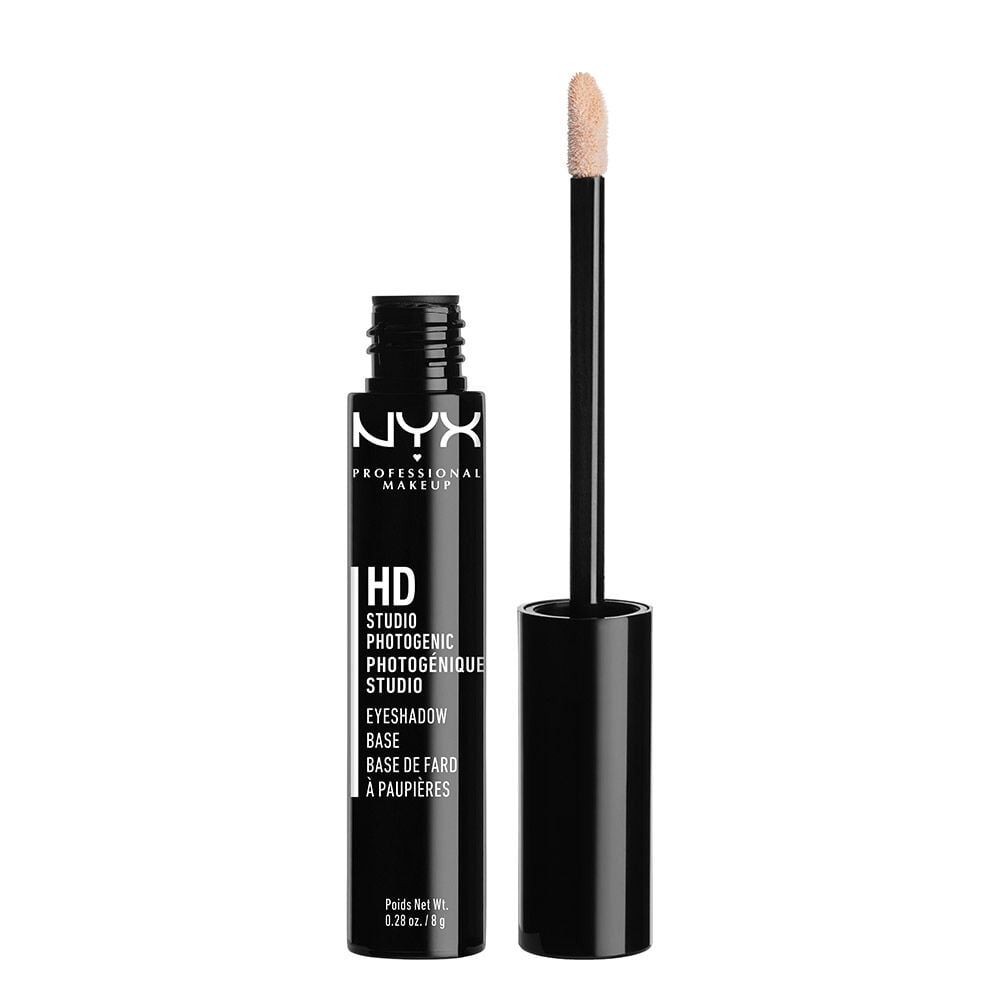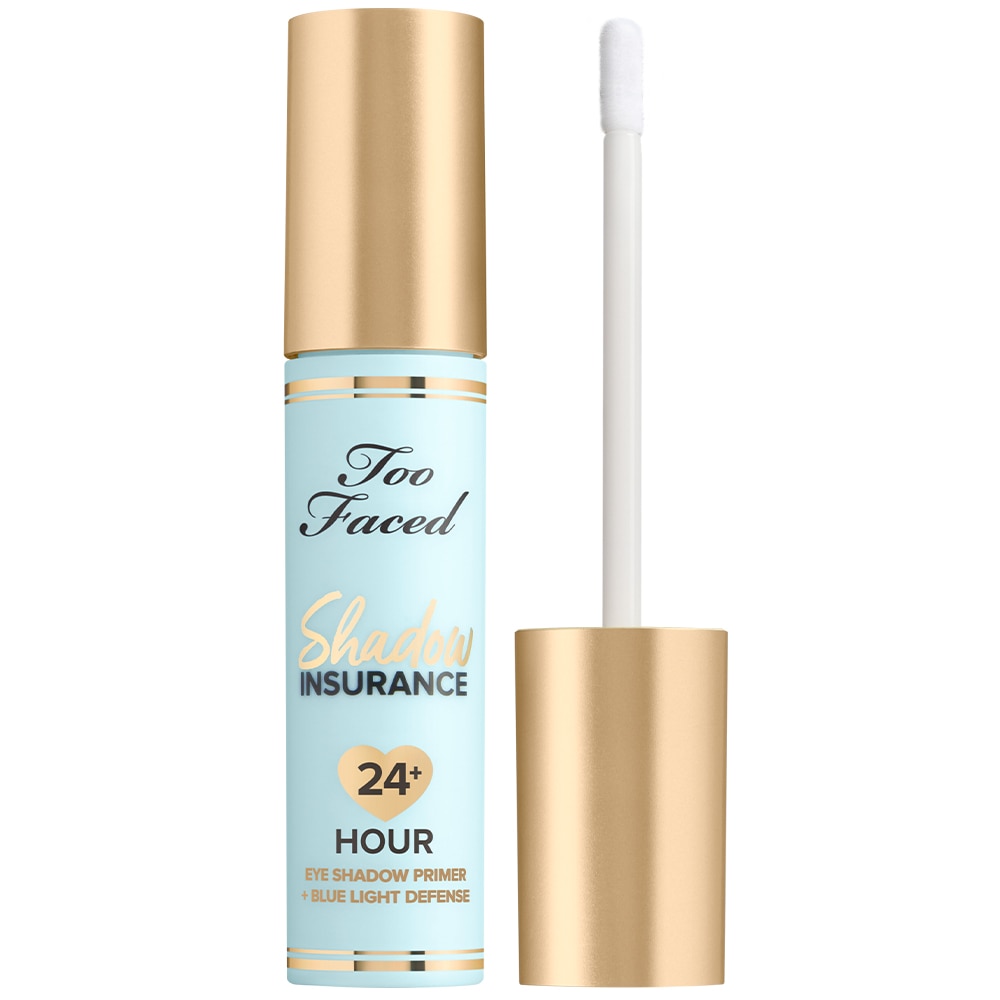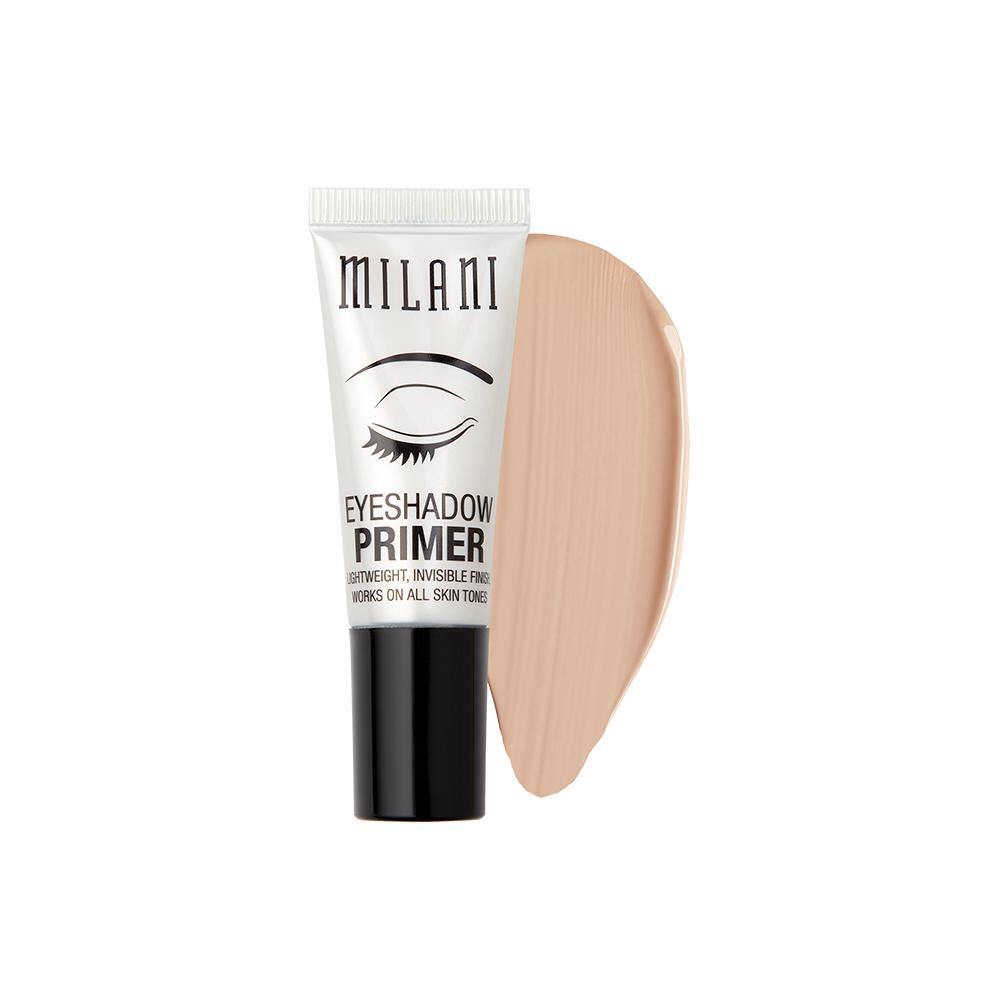The Importance of Eyeshadow Primer
Applying an eyeshadow primer is a crucial step in eye makeup. It serves several vital functions that go beyond merely prepping the eyelids. Here are the reasons why using an eyeshadow is essential for anyone seeking a flawless and enduring eye makeup look:

- Enhances Color Vibrancy: Eyeshadow primer acts as a base that helps in intensifying the color of your eyeshadow, making the pigments pop for a more dramatic effect.
- Prevents Creasing: Eyelids tend to have natural oils that can cause eyeshadow to crease. A good primer prevents this by creating a barrier between the oils and the eyeshadow.
- Longevity: One of the primary benefits of eyeshadow primer is its ability to make eyeshadow adhere better and last longer. With primer, you can avoid mid-day touch-ups.
- Smooth Application: By evening out the skin texture, an eyeshadow primer ensures that the eyeshadow glides on smoothly without clumping or settling into fine lines.
- Versatility: Primers come in various formulations to suit different skin types and tones, offering something for everyone.
- Improves Blendability: A primer can make blending eyeshadow easier, allowing for seamless transitions between colors.
In conclusion, an eyeshadow primer is not just an optional extra; it is a game-changer that elevates the performance of your eyeshadow. This simple addition can transform any eye look from ordinary to exceptional. Remember to include ‘eyeshadow primer’ in your makeup routine to see the difference it makes.
Choosing the Right Eyeshadow Primer for Your Skin Type
To achieve the best results with your eyeshadow look, selecting an eyeshadow primer that complements your skin type is vital. Different skin types have unique needs, and therefore using a one-size-fits-all approach might not give you the durability and quality you’re looking for. Here’s a simple guide to choosing the appropriate eyeshadow for your skin:
- Oily Eyelids: If you have oily skin, look for mattifying eyeshadow. These are designed to combat excess oils and ensure your eyeshadow stays put without creasing.
- Dry Eyelids: For those with dry skin, seek out hydrating primers. A primer with moisturizing ingredients will smooth out the skin and prevent any flakiness under the eyeshadow.
- Mature Skin: If you have fine lines or wrinkles, a primer with a blurring effect can help. Such primers are formulated to fill in and soften the appearance of wrinkles, creating a more even base.
- Sensitive Skin: If your skin is prone to irritation, opt for a hypoallergenic eyeshadow primer. These are typically free from fragrances and other irritants that could cause redness or itching.
- Uneven Skin Tone: To correct discoloration or veins on the eyelids, a tinted primer can be your best choice. This will provide a uniform color as a foundation for your eyeshadow.
Remember, the key to a long-lasting, vibrant eyeshadow application starts with choosing the right primer for your skin type. Experiment with different types until you find the one that best suits your needs, and don’t hesitate to seek advice from a beauty expert if you’re unsure.

How to Apply Eyeshadow Primer Correctly
Proper application of eyeshadow can vastly improve your eye makeup’s endurance and appearance. To ensure you’re making the most of your eyeshadow primer, follow these steps:
- Start with Clean Eyelids: Make sure your eyelids are free from oil and dirt. Use a gentle cleanser and pat dry.
- Apply a Tiny Amount: You only need a small amount of primer. A pea-sized drop is enough for both eyes.
- Use Your Fingertips: Warm the primer on your fingertips, then apply evenly across the eyelid. Start from the lash line and blend up to the brow bone.
- Wait to Dry: Give the primer a minute to set before applying eyeshadow. This helps to create a smooth canvas.
- Blend Gently: Avoid tugging at the skin. Use soft, smoothing motions to blend the primer.
Remember, less is more with eyeshadow. A thin, even layer will maximize the product’s beneficial effects without weighing down your eyelids.
Common Mistakes to Avoid with Eyeshadow Primer
Avoiding certain pitfalls when using eyeshadow can make a significant difference in the longevity and appearance of your eyeshadow. Keep these common mistakes in mind:
- Using Too Much Primer: Applying too much primer can cause the eyeshadow to look heavy and can create creases. Stick to a pea-sized amount.
- Skipping Primer Altogether: Some may skip primer, thinking eyeshadow alone is enough. However, primer is key for vibrancy and wear time.
- Not Allowing Primer to Dry: Rushing into eyeshadow application before the primer dries can lead to smudging. Wait a full minute after applying.
- Forgetting the Lower Lash Line: If you apply eyeshadow under your eyes, remember to prime that area too for consistency.
- Applying Primer Unevenly: An uneven primer application can result in blotchy eyeshadow. Ensure even coverage across the entire eyelid.
- Overlooking Eye Shape: Tailor primer application to your eye shape for best results. Each eye shape has different needs and areas where eyeshadow may crease more.
By sidestepping these common errors, you set the stage for flawless, enduring eye makeup. Remember to use the eyeshadow sparingly, evenly, and consider your unique eye features for the best effect.
Eyeshadow Primer vs. Concealer: Understanding the Difference
Eyeshadow primer and concealer may seem similar, but they serve different purposes. Let’s clear up the confusion. Eyeshadow primer is a dedicated product designed to create a smooth canvas on your eyelids. It ensures that your eye makeup lasts longer and prevents creasing. On the other hand, concealer is meant to cover imperfections. It hides dark circles, redness, and blemishes. It is not formulated for eyeshadow application.
Here are the key differences:
- Purpose: Primer preps the eyelids and enhances eyeshadow. Concealer covers skin flaws.
- Texture: Primers are lighter and create a base that holds onto eyeshadow. Concealers are thicker.
- Durability: Primers extend the wear of eyeshadows. Concealers may not prevent creasing when used alone.
Some people use concealer as a makeshift primer. This might work in a pinch but it’s not ideal. Concealer can cause eyeshadow to crease because it’s creamier. It may not hold the color as well as a real primer. For the best results, choose an eyeshadow over concealer. It will make your eyeshadow pop and last throughout the day. When eyeshadow isn’t an option, select a lightweight, long-wearing concealer. But remember, it’s a compromise, not a substitute. For eyeshadow that looks fresh all day, stick with eyeshadow primer.

Enhancing Eyeshadow Pigment with Primer
Using an eyeshadow does more than just prep your lids. It boosts eyeshadow pigment for maximum impact. Here’s why a primer is key to that vibrant, show-stopping color payoff:
- Provides a Neutral Base: Eyeshadow primer offers a clean slate. It gives shadows true-to-pan color on your lids.
- Intensifies Color: Primers deepen color intensity. They make every shade more vivid and rich.
- Ensures Uniformity: The primer helps eyeshadow go on smooth. This avoids uneven patches of color.
- Binds Pigments: Primers have binding properties. They hold pigments in place for a long-lasting effect.
- Reduces Fallout: Using primer before eyeshadow minimizes powder falling onto your cheeks.
- Enhances Shimmer: For glittery or shimmery shadows, primer magnifies the sparkle.
To see these benefits, pick the right primer and apply it well. Remember that a small amount goes a long way. A soft dab across your eyelid is enough to transform your eyeshadow.
Tips for Making Your Eyeshadow Last All Day
To ensure your eyeshadow stays flawless from morning to night, follow these expert tips:
- Set with Powder: After applying primer, dust a light layer of translucent powder over your lids. This sets the primer and creates a smooth surface for applying eyeshadow.
- Layer Your Shadows: Start with a lighter color and build up to the darker shades. Layering helps to create a durable, pigmented look that lasts.
- Use an Eyeshadow Base: In addition to primer, use a white or neutral eyeshadow base to make the colors pop and stick longer.
- Spray Setting Spray: Once your eye makeup is complete, use a setting spray to lock everything in place. Close your eyes and spray lightly from a distance.
- Avoid Touching Your Eyes: Throughout the day, try not to rub or touch your eyes. This can smudge your eyeshadow and disrupt the primer.
- Choose Quality Brushes: Good brushes offer better application and blending. This can affect how long your eyeshadow wears.
- Opt for Waterproof Formulas: If you’re in a humid environment or have oily lids, choose waterproof eyeshadow products to prevent smudging.
Keeping these tips in mind, along with proper primer use, will greatly increase the chances of your eyeshadow looking fresh all day. Remember, the right eyeshadow can do wonders, but these additional steps will take your eye makeup game to the next level.
Top Eyeshadow Picks from Beauty Experts
Beauty experts often share their top picks for eyeshadow. These products stand out for their effectiveness in intensifying color and ensuring long wear. Here are some highly recommended options:
- For Oily Lids: Choose primers with a matte finish to control shine and resist creasing.
- For Dry Eyes: Look for hydrating formulas that smooth the eyelids without flaking.
- For Mature Skin: Opt for primers that blur fine lines and prevent eyeshadow from settling into wrinkles.
- For Sensitive Eyes: Go for fragrance-free, gentle primers that won’t irritate your skin.
- For Uneven Tones: Use tinted primers to even out the skin color before eyeshadow application.
Experts suggest trying different primers to find the best match for your skin. They advise testing a small amount on the eyelid to check for comfort and effect. With the right eyeshadow, you can achieve a flawless, lasting eye makeup look. Make sure to incorporate eyeshadow into your routine for the best results.
